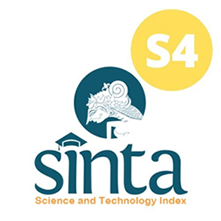Fast and Mobile Cataract Detection by Applying Line Laser Eye Illumination
Abstract
Cataract is observed when the eye lens becomes opaque. This condition causes blurred vision and is the main cause of blindness worldwide. Cataract diagnosis is usually performed during ophthalmologist examination using a slit lamp, which requires expertise, is expensive and bulky. In this study, we present a small handheld illumination setup for cataract detection. Ex-vivo porcine eyes are investigated to determine whether colored line lasers, 450 nm (blue), 520 nm (green) and 650 nm (red), which shine obliquely into the eye, are principally suited for detection of the Y shaped suture cataract and of cold cataract, respecting exposure limits of EU guideline 2006/25/EC. Camera images of the cataract exhibited good results under illumination with all line lasers. Observations with the physician’s eye led to an even better diagnosis of cataract. Generally, green laser light illumination was the best choice for cataract detection. With red laser light illumination it was also possible, but least suitable for this purpose. With this method, line lasers are a good choice for cataract identification, as cataract can be detected quickly and without much effort. This type of line laser illumination of the eye is safe and both types of cataract are detectable with all wavelengths. For the human eye, a further development of this system is conceivable.

This work is licensed under a Creative Commons Attribution-ShareAlike 4.0 International License.
Authors who publish with this journal agree to the following terms:
- Authors retain copyright and grant the journal right of first publication with the work simultaneously licensed under a Creative Commons Attribution License that allows others to share the work with an acknowledgement of the work's authorship and initial publication in this journal.
- Authors are able to enter into separate, additional contractual arrangements for the non-exclusive distribution of the journal's published version of the work (e.g., post it to an institutional repository or publish it in a book), with an acknowledgement of its initial publication in this journal.
- Authors are permitted and encouraged to post their work online (e.g., in institutional repositories or on their website) prior to and during the submission process, as it can lead to productive exchanges, as well as earlier and greater citation of published work (See The Effect of Open Access).











